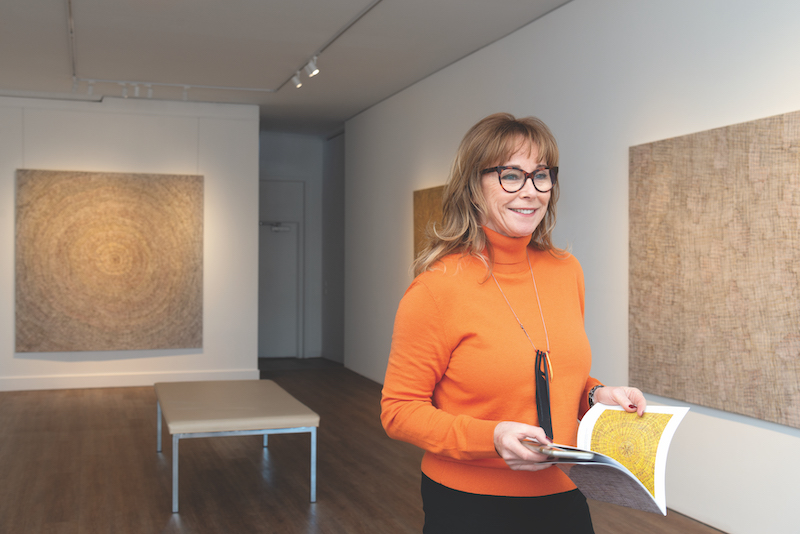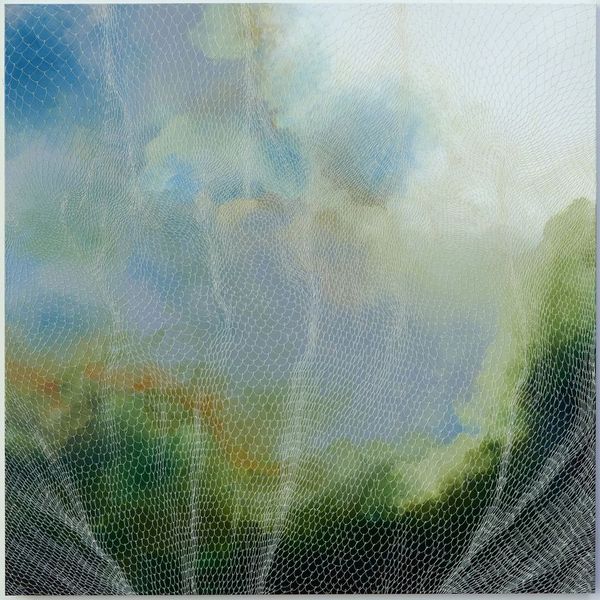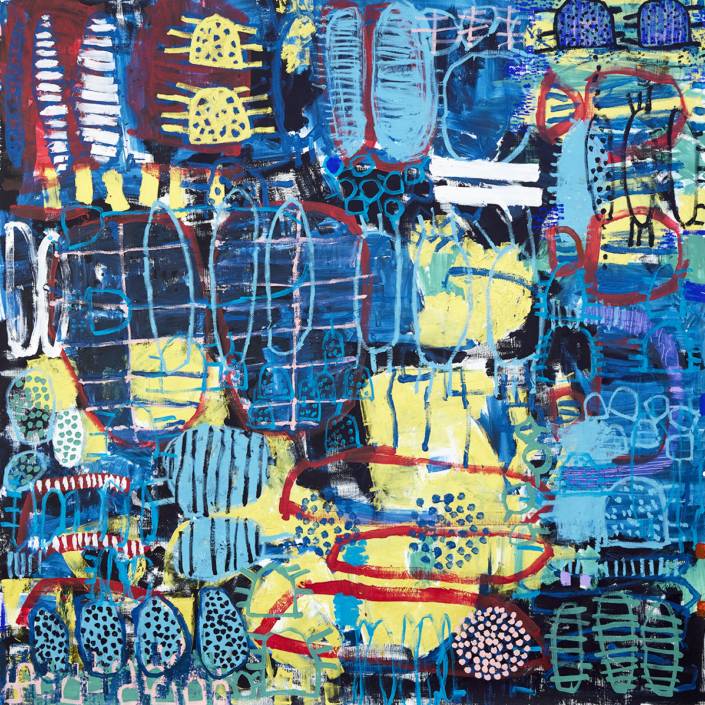Vivien Anderson Gallery
A: 284/290 St Kilda Rd, St Kilda VIC Australia
P: +61 3 8598 9657
VIVIEN ANDERSON GALLERY: STRIKING A CHORD
After more than three decades working with Indigenous art, Vivien Anderson remains motivated by the relationships with her artists, the strength of their ideas, and their unwavering ability to grasp the zeitgeist.
Words: Louise Martin-Chew
Photography: Kirstin Gollings
Vivien Anderson began working at the Aboriginal Artists Gallery in Melbourne’s CBD back in 1985. This was a life-changing choice as it turns out – having lived and worked in Europe for many years, “it felt like a homecoming”, she recalls. Within a short time Anderson “was committed to the industry long term”. She established her eponymous Vivien Anderson Gallery in Melbourne in 1991, which is now on bustling St Kilda Road in St Kilda. And after 34 years in the industry, the gallerist remains exhilarated by the art and artists she observes.
The bedrock for Anderson’s business is the relationships she developed with artists she worked with at the outset – art world household names like Trevor Nickolls, Lin Onus and Ellen Jose, as well as art communities in Arnhem Land and the Kimberley. “Those relationships have sustained me,” says Anderson. “The strength of their ideas, their curiosity, humour and ability to master new media; to grasp the zeitgeist.”
Anderson considers her tastes broad: “I like to look to the frontier and explore the sacred, the rogue, the curious for inspiration, but equally admire and reflect on the contemporary masters like Rover Thomas, Timothy Cook, John Mawurndjul, Regina Pilawuk Wilson. Our First Nations artists are explicit about what drives their work. When the senior artists literally strike the canvas to make their mark, it is a conceptual, metaphysical action.”
“I find that freedom and confidence really motivating, perhaps that is the reason why so many people from all cultures collect Australian Indigenous art. I am particularly focused on the conviction to truth telling: we have a hidden history in this country. We must reveal it and embrace it to be the nation we should be.”
Anderson’s role involves spending a great deal of time acting as her artists’ agent, professionally managing their commitments and allowing them to spend time and energy on their practice. “We sell, we strategically place work, we apply for grants and residencies, manage the bureaucracy of being an artist in demand for exhibitions here and internationally,” she says. “We aim to remove some of the obstacles that are stopping them from focusing on their career.”
Anderson has a broad collector base ranging from architects, designers, lawyers, medicos, artists and collector groups. The gallerist also maintains strong connections with art institutions both nationally and internationally. Interestingly, she points to her St Kilda Road gallery as having brought her a new customer base: “I now have a highly visible location, it’s a regular occurrence when people come in and say ‘I have passed this window at night, what can you tell me about that painting?’. So I have a grass-roots enquiry level that is very healthy.”
The Aboriginal art industry has undergone a maelstrom of change during the decades of Anderson’s involvement. “From my beginnings in 1985, interest was confined to specific admirers like Holmes à Court, the major state institutions and international collectors. A general public interest in Indigenous art has grown since the 2000 Sydney Olympics.” But Anderson notes that as interest has grown, so have issues around the authenticity and provenance of Indigenous works, as well as, sadly, the exploitation of artists. A 2007 senate enquiry into the Indigenous art industry sought to address some of these issues. The outcome was a voluntary industry code of conduct, managed by the Indigenous Art Code.
When it comes to issues around the ethics, authenticity and provenance in Indigenous art, Anderson finds that the recurring question from the general public remains the same: “How do I know that the artist is being treated fairly?”
In her view, the best way to equip buyers is to arm them with information accessible on the Indigenous Art Code website. “The reality is that when an industry grows quickly, it will always attract the opportunists,” she says. “And the majority of the artists concerned are people in impoverished circumstances. That’s a greater issue for this country to address. Be mindful however, that artists have agency and the right to do what they want to do. But I choose to work with those who have a commitment to their own careers and their Art Centre.”
This article was published in Art Collector issue 90, Oct-Dec 2019.






